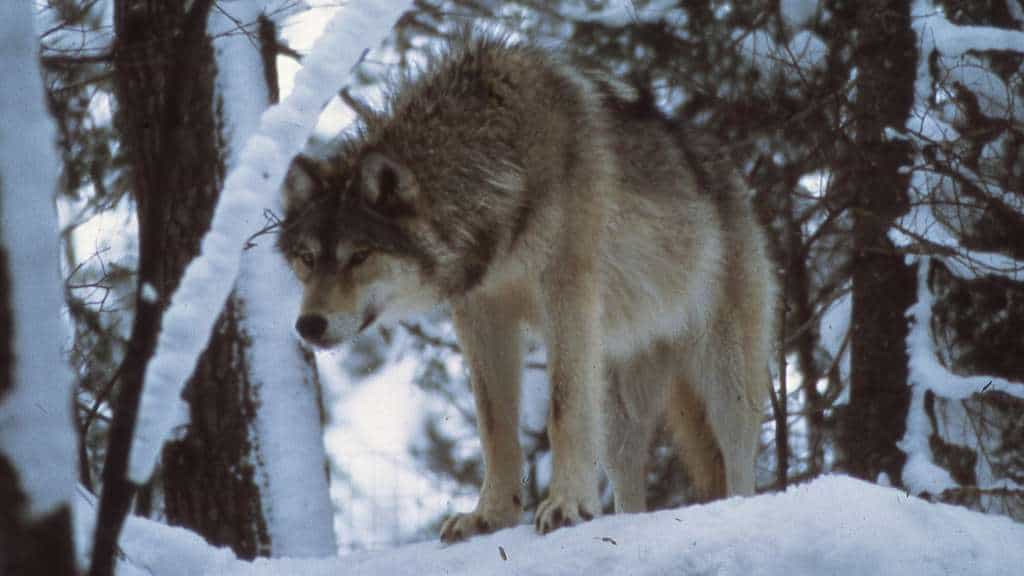
As Isle Royale’s wolf population has dwindled in recent years, the moose herd has ballooned in the absence of predators. Today, the National Park Service announced it would like to bring 20-30 wolves to the island to restore the population.
Bringing wolves back could help keep moose numbers in check, reducing the ecological impacts of overpopulation. The idea of human intervention has been controversial. As not only a National Park but a designated wilderness area, Isle Royale is intended to be largely unmanaged by humans.
Scientists and some environmentalists have said wolves are necessary to the ecosystem’s balance, ensuring the moose herd stays healthy and does not significantly change the vegetation and other natural resources. Wilderness advocates and others have said reintroduction is unnecessary meddling.
Seeking balance
After more than two years of study and public review, the Park Service released a final Environmental Impact Statement today. In it, park managers said their preferred action is introducing 20-30 wolves over the next three years.
Wolves would be captured from locations around the western Great Lakes, including Minnesota, Wisconsin, Michigan, and Ontario. Managers would seek animals that are known to prey on moose already. It would retain the possibility of moving wolves to the island that were preying on livestock.
The Park Service says human-caused climate change is an important factor in the decline of wolves, and helps justify human intervention. Ice bridges that connect Isle Royale to Minnesota and Ontario, making it possible for wolves to naturally reach the island, are far less frequent today due to global warming.
“As a result, Isle Royale is now more isolated from the mainland than at any other time in the last several decades,” the FEIS reads.
Today, there are thought to be only two wolves remaining on Isle Royale, and they have not successfully reproduced — down from a long-term average of 22, and a peak of 50 in 1980. The animals are thought to have colonized Isle Royale in the late 1940s.
Several open houses were included in a public comment period early last year. The FEIS includes summaries of the comments received and responses.
Upon releasing the proposal, the National Park Service will now initiate a waiting period of at least 30 days. After that, it will issue a final Record of Decision which will document the decision and implementation plan.
Download the Final Environmental Impact Statement (PDF). View more about the project at this link.

